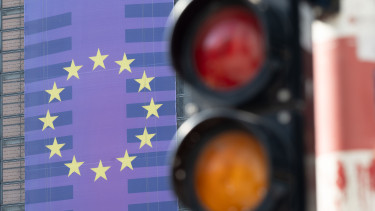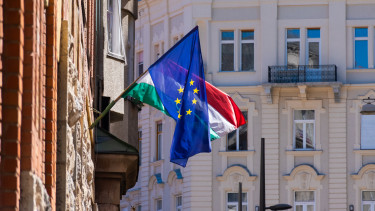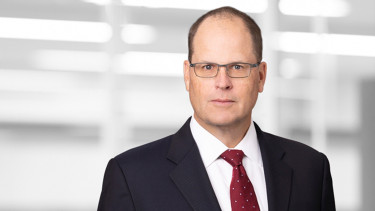Hungary's plans for EU funds allocations in 2021-2027 leaked

We need to stress that these are not the cabinet’s final plans and should be considered only as an indication of the ideas floating around, and the tool of a kind of feeling out process to see what the European Commission thinks of these goals.
Portfolio’s assessment of these targets are as follows:
- Although Budapest is mentioned twice as a development area, there are no specific sums mentioned. Due to the capital city’s high GDP per capita (139% of the EU average in 2017) Budapest will be entitled only to moderate EU funds as of 2021. The two main development areas are to be (suburban) transport and environmental / climate protection projects.
- As of 10 December, the cabinet was planning to run three (baseline scenario) or no more than six operational programmes between 2021 and 2027, with few priority axes, versus ten in the current cycle with four to eight priority axes. (There were 15 Ops in the 2007-2013 cycle, seven of which were territorial, i.e. focused on specific regions.)
- There will be a shift towards a result-oriented approach, i.e. geographical focus will be key.
Here are the main objectives
As the table below shows, a large share, 26%, of the 7-year envelope is to be allocated to innovation and economic protection goals. This should be what the current Economic Development and Innovation Operational Programme (EDIOP or GINOP) is right now with a share of around 30%.

It may be surprising at first that the share of transport development is the second highest at 22%, given that a host of road building projects have been completed or are currently in progress. We suspect that the resources this time will be spent on the development of transport equipment, rather than on actual road and railroad constructions. Note that clean transport has a 16% weight that could mean the purchase of railcars and electric buses.
The 20% weight for the development of energy, water management and utilities is understandable, considering it should cover measures for climate protection and energy efficiency enhancement.
At the peak of employment it is odd to plan a 6% share of the total envelop for employment goals, but it may be about measures aimed boosting employment for low-skilled people or retraining programmes. If the plan is to counterbalance the possible layoffs at vehicle producers and their suppliers than it is most welcome.
Here are the three main Operational Programmes
After setting the aforementioned strategic objectives, the cabinet plans to allocate 43% of the total 7-year envelope to the Competitive Economy Operational Programme (CEOP or VGOP), 43% to the Competitive Infrastructure Operational Programme (CIOP or VIOP) and 14% to the Renewable Human Resources Operational Programme (RHROP or MEHOP).



New integrated territorial tool
The presentation shows that the cabinet wants to operate a new integrated territorial tool, as well, in parallel with the aforementioned three Operational Programmes. This would have the following key characteristics: 1) well-thought-out development strategy also on territorial and sectoral levels 2) 21% would be allocated to the full 7-year envelope, 7% of which would be under PO5 (Europe closer to citizens), the fifth policy objective of the European Commission.
The government’s allocation plan is not finalised, but it may be within a few weeks. It would definitely be advisable for the government to involve as many parties as possible into this decision making process. This would lower concerns that it may allocate EU funds in the 2021-2027 period on a political basis and adjust the logic and structure of EU fund allocation to this political bias.
Cover photo by MTI/Prime Minister’s Office / Balázs Szecsődi















